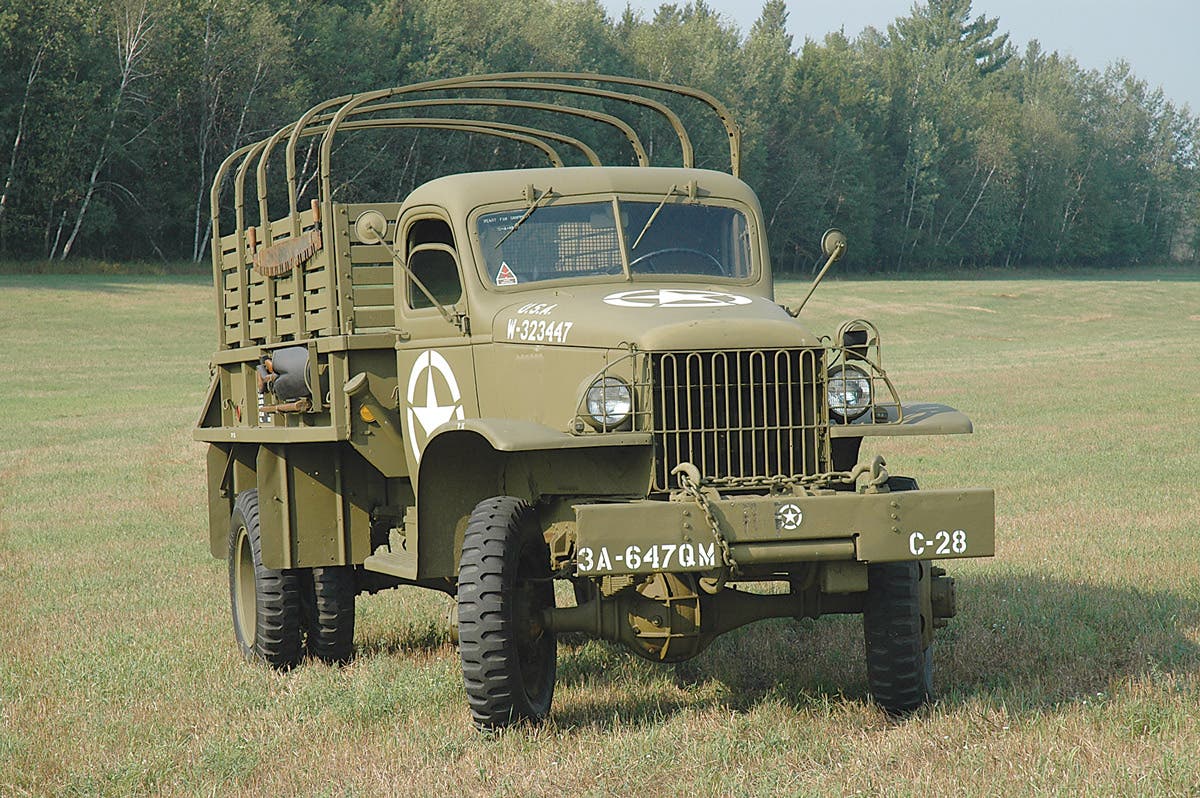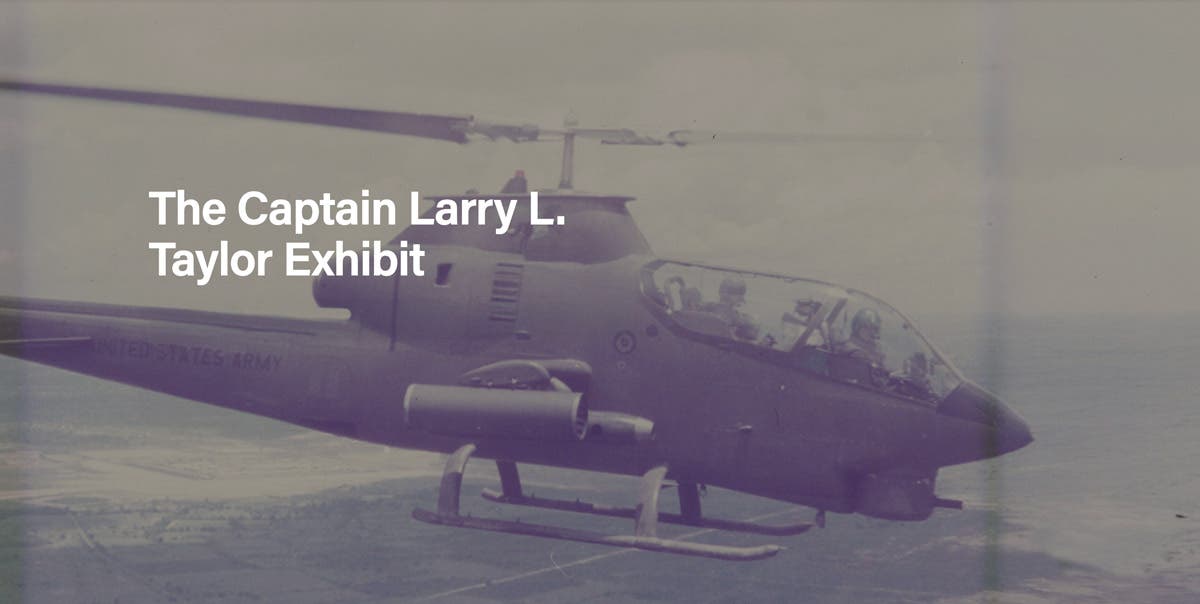He thought he was just buying a M37
by Stephen Crane When I purchased a 1953 M37 at a local farm estate sale, I was told I could have the trailer that “goes with it.” Though the trailer…
by Stephen Crane
When I purchased a 1953 M37 at a local farm estate sale, I was told I could have the trailer that “goes with it.” Though the trailer wasn’t anywhere to be seen (it was out on the “back forty”), I salivated at the thought of an M101 to mate with my newly acquired M37. The trailer, however, turned out to be a 1944 M10 — not as exciting as an M101 (to me, anyway), but still a nice find. I wasn’t too disappointed since it was included at no extra cost.
The trailer was largely rust-free (one of the benefits of a high desert climate) and mostly intact, except for the missing accessory box. Because of the trailer’s heavy weight and small cargo box, I really couldn’t think of a practical use for it.
As I was pondering what to do with the trailer, I remembered that a buddy from my days in the 82nd Division, Dustin Roderigas, now worked at the National Air Defense Artillery Museum at Ft. Sill, Okla. When I asked him if the museum needed an M10 trailer, he replied “Yes! We actually need five and don’t even have one!.
“Well, you do now,” I informed him.
Getting the trailer to Ft. Sill though wasn’t going to be easy, as northern Wyoming is not convenient to anywhere. Therefore. the trailer sat on the lot beside our house for a couple of years. I though it made an awesome lawn ornament, but where others (mainly Household-6) who thought it was an eye-sore (can you imagine?).
When my wife retired from her job, we decided we would take an extended road trip and drop off the M10 along the way. Our 1-ton dually with its cab-over camper would be perfect for the task. We had thought of towing the trailer itself, but that would require titling, registering, tagging, and insuring it; and I was informed that to be legal on most (if not all) highways, it would also need fenders. Because of all that, plus the fact that the bearings would need to be completely overhauled, we decided to just put it on a U-Haul car carrier.
I enlisted the help of a friend to load it on the U-Haul. He showed up with his dad, who had been a 105mm cannon-cocker with the Wyoming National Guard back in the 1950s. He was very familiar with M10s. He told some great stories as we got the trailer ready for its trip to the museum.
The trip to Ft. Sill was largely uneventful. The sight of an old Army trailer on a trailer elicited numerous comments at the RV parks where we stayed, however — in particular at the Amarillo, Texas, KOA Campgrounds where I met a couple of great guys and fellow HMV enthusiasts from the local MPVA chapter.
Dustin met us upon our arrival to Ft. Sill. We unloaded the M10 at the Artillery Museum’s maintenance and restoration shop, and then spent the next couple of days touring the Fort and its excellent museums. We even ran into a fellow Wyomingite who was serving with the Horse-Drawn Artillery Half Section.
We felt good leaving the trailer there. It is very apparent that the staff and crew at the shop and museums are professionals and truly dedicated to the task of preserving and displaying their part of military history. They informed us that our M10 is now the only one in the Army’s inventory! When restoration is completed, the trailer will be loaded-down with tombstone .50-caliber drum magazines and attached to a M16 half-track in the Air Defense Artillery Museum.
This seems like a good place for our “bonus” trailer.
The Air Defense Museum has begun to move the museum to its new home at Fort Sill, Oklahoma. The Air Defense School was moved to Sill as a result of a BRAC realignment. Hours of Operations: 9 a.m. - 5 p.m., Tuesday through Saturday. Call the Air Defense Artillery Museum at (580) 442-0424 for more information.








